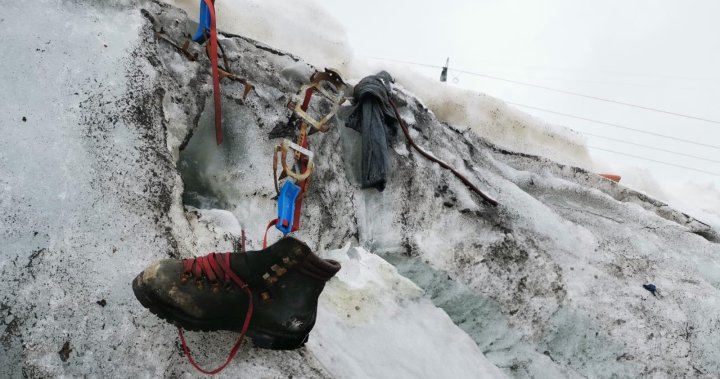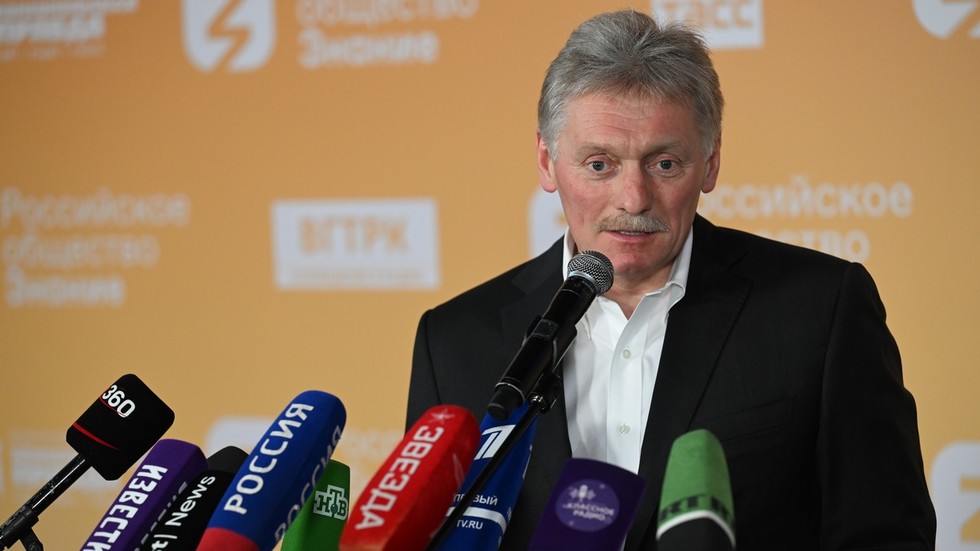“We expect the discharge to begin on Aug. 24 if weather and sea conditions do not hinder it,” Kishida said after a cabinet meeting in Tokyo, asking the plant’s operator, Tokyo Electric Power Co., to prepare for the release.
Following a two-year review, the International Atomic Energy Agency concluded last month that Japan’s plan meets international safety standards and would have “negligible” radiological impact on people and the environment.
“The government is committed to taking full responsibility until the disposal of the treated water is completed, even if it takes decades to complete,” Kishida said Tuesday.
The water, filtered to remove radioactive elements and highly diluted to lower the concentration of tritium, will be released into the Pacific Ocean in a process expected to take more than 30 years.
For years, the contaminated water has been stored in large metal tanks near the plant, the site of one of the worst nuclear disasters in history. But Japan is running out of space to build more tanks to accommodate the contaminated groundwater and rainwater that continue to enter the site.
The pending release has become highly politicized by neighboring countries. China has been adamantly opposed to the release, which comes at a time of heightened geopolitical tensions between Tokyo and Beijing.
“China has pointed out on many occasions that ocean discharge is not the safest or most prudent option to dispose of the nuclear-contaminated water. Japan simply chose it to lower economic costs,” Foreign Ministry spokesman Wang Wenbin said Monday. “This will pose unnecessary risks to neighboring countries and the rest of the world,” he said, urging Japan to call off the plan.
The plan has also sparked backlash in South Korea, which has banned seafood imports from the Fukushima area, even though South Korea’s own assessment of the water release plan also found it meets international standards.
Opposition politicians have raised concerned that South Korean waters may be affected by the release, accusing President Yoon Suk Yeol for overlooking the health risks to mend diplomatic ties with Tokyo.
“The Yoon Suk Yeol administration is turning a blind eye to Japan’s dumping of nuclear-contaminated water into the sea,” said Kang Sun-woo, a spokeswoman for the main opposition Democratic Party.
Fukushima’s fishing and agricultural industries are also worried about potential reputational harm for their products, which still carry the stigma of radioactive exposure.
“Our position has not changed and we continue to be opposed,” Masanobu Sakamoto, head of the National Federation of Fisheries Cooperative Associations, said Monday after meeting with Kishida.
“Our understanding about the safety of the treated water has deepened but scientific safety and safety from a social point is different. Once the water is released, there will be reputational damage,” he said.
Fishing season in Fukushima is due to start on Sept. 1, and the Japanese government has pledged to conduct and collect monitoring data everyday following the release to monitor the water quality.
About 230 people gathered in front of the prime minister’s office on Tuesday to protest the release plan, holding signs and chanting slogans including “Listen to the fishermen” and “The release will impact future generations.”
According to a recent Kyodo poll, 88.1% of respondents expressed concerns that the release will hurt Japan’s image abroad. The government will allocate $200 million to compensate the fishing industry for any reputational impact, and $340 million to mitigate the impact on the local economy.
#Japan #release #water #Fukushima #nuclear #plant #Aug












